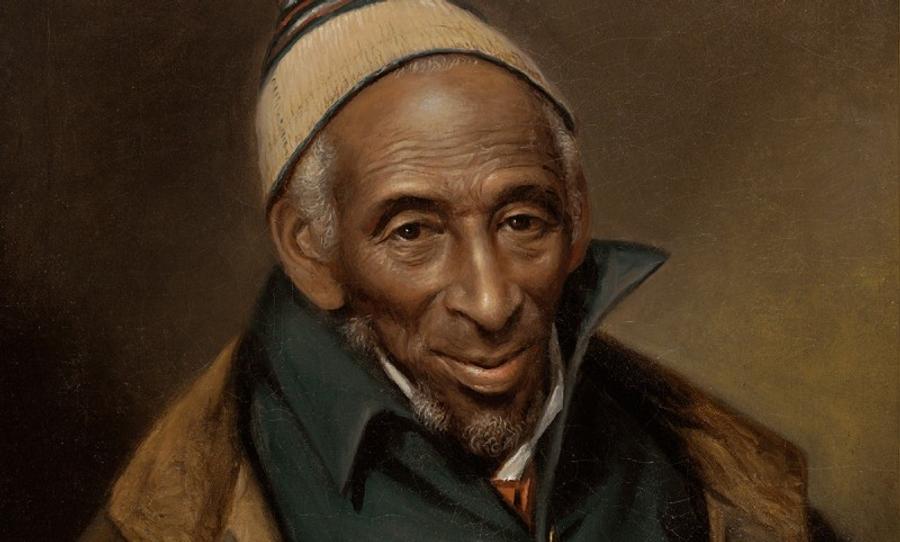
A Spotlight on Immigration, Colonialism, Trade, and Underrepresented Narratives
On May 7, 2021, when the Philadelphia Museum of Art unveils its new Robert L. McNeil, Jr. Galleries dedicated to American art from 1650 to1850, visitors will enter a succession of generously proportioned spaces to experience the museum’s spectacular collection of early American art in an entirely new light. In galleries that will be accessed from a spacious corridor that provides superb views to the city skyline through windows with Tiffany iron grilles—original to the building but blocked for many decades—visitors will be presented with the first major reinstallation of early American art since the nation’s Bicentennial celebrations in 1976. Comprising 10,000 square feet, these new galleries will be mirrored by another range of galleries, equal in size, dedicated to the display of modern and contemporary art. Taken together, they represent the largest expansion of gallery space in the Main Building since it opened to the public in 1928. The new galleries offer a welcome opportunity for the museum to tell a wealth of stories centered on Philadelphia and the central role it has played in the development of American art, highlighting the creative spirit that has always been a hallmark of this city and continues to distinguish artmaking in Philadelphia today.
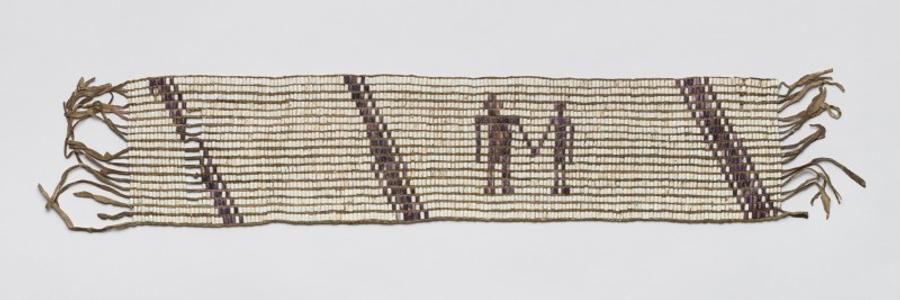
The reinstallation of the American galleries will be broad-ranging and inclusive, inviting visitors to confront the interaction and competition between different cultures and placing an emphasis on the contributions of individuals and groups that have long been underrepresented in presentations of American art. The exceptional strength of the museum’s collection is in the arts produced in the eighteenth and early nineteenth centuries in and around Philadelphia, which by the 1750s had become one of the largest English-speaking cities outside the British Isles. Additionally, the reinstallation will offer a nuanced picture of the many different cultural and economic forces—not only from Great Britain and Europe, but also from the Caribbean, Central and South America, Asia, and Africa—that shaped artistic development in the Atlantic seaboard colonies. The reinstallation will examine issues related to the encounters between colonists and Indigenous peoples and the role of enslavement in the financing and production of art. It will also highlight lesser-known or overlooked stories of the work of Black, Latinx, Indigenous, and women artists, presenting visitors with fresh thinking about how different cultures intersected with each other in a new environment from which emerged the diverse art forms that we define today as uniquely American.
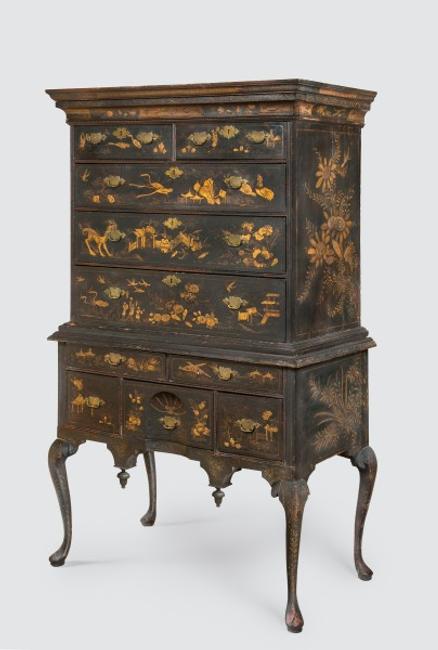
American Encounters
This first of the museum’s new galleries of American art will encourage visitors to think broadly about art, history, and geography as it presents the work of the many groups—Indigenous, European, and African—that came into contact and often conflict with each other in North, Central, and South America, creating new cultures that developed through colonization, often by force. The interpretive perspectives presented in this installation are grounded in the Philadelphia area, which was known as Lenapehoking, the ancestral home of the Lenape people. Lenape artists will be represented by works on loan from the Board of Trustees of the Atwater Kent Museum (Philadelphia History Museum), the Historical Society of Pennsylvania Collection, and the City of Philadelphia. Works include a legendary wampum belt said to have been presented as a gift to William Penn in 1682 at the Treaty of Shackamaxon to symbolize an ill-fated promise of peaceful coexistence. Portraits made a half-century later by the Swedish-born Gustavus Hesselius, also to be on loan from the city, depict Lapowinsa and Tishcohan, the Lenape leaders who met with Penn’s sons to resolve a land dispute and were subsequently betrayed by the infamous “Walking Treaty.” These dignified and sympathetic portraits are among the finest and earliest painted representations of Indigenous Americans to have been made by Europeans in the colonies. From the same period, fine furniture in the sober Quaker taste will express the plain but elegant aesthetics of Pennsylvania’s English Protestant community in the early 18th century.
This gallery will also introduce the presence of Africans in North American colonies, represented by ironwork made with enslaved labor at local foundries, and silver from a workshop where a silversmith was enslaved. It will include an unusual portrait, today called Young Archer with Parrot, which conveys an especially provocative representation of an unknown African boy, probably enslaved, clad in European finery, with a Brazilian parrot and an Indigenous North American bow and arrow. Perhaps painted by a Dutch artist, the painting is a product of the complex transatlantic networks of European colonization.
Among the works created in Central and South America, which often reflect a Catholic drama and grandeur rarely seen in the Protestant northern colonies, will be a pair of “castas”, or caste paintings, documenting the elaborate system of racial categorization developed under Spanish rule. Examples of a genre that emerged in Mexico during in the mid-1700s, these paintings depict parents of different racial backgrounds (Spanish, African, Indigenous) with their children, labeled with a specific linguistic term (e.g., “mestizo”) to describe the child’s heritage. Intended to document the emerging multi-ethnic societies of this hemisphere, large sets of castas were produced for audiences in Spain concerned about defining and maintaining social hierarchies.
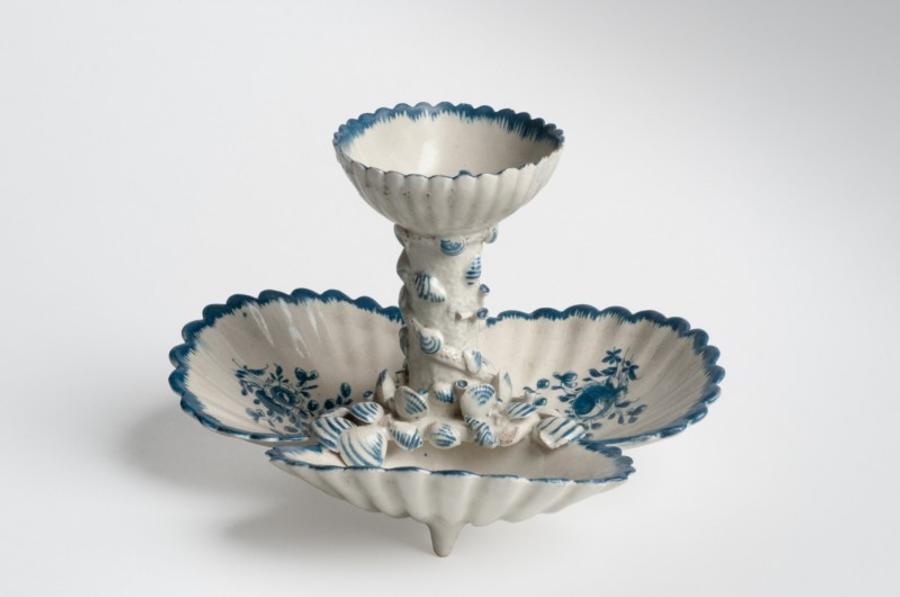
Global Connections
A network of global exchange connected the early American colonies with a wider world of luxury goods, materials, and stylistic innovation. In this gallery visitors will encounter works created in the European colonies that demonstrate patterns of trade and satisfied a growing demand for luxury goods. An opulent Japanned High Chest from Boston, made about 1733-37, will show how eighteenth-century Americans coveted Asian works of art, and how artists imitated their styles and materials for a local market.
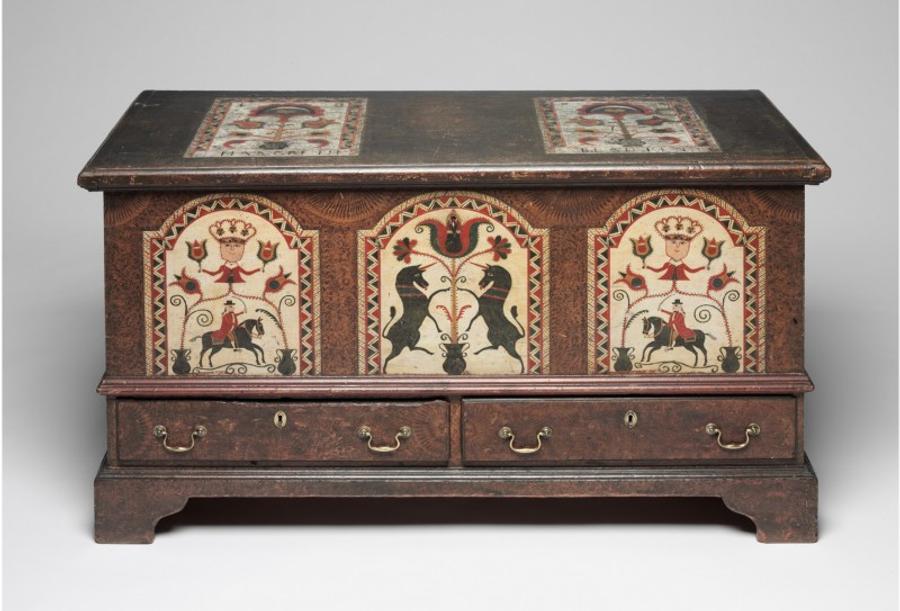
Another section of this gallery will highlight the long journeys that raw materials and finished goods took to and from the colonies of British North America. A splendid silver tankard produced in New York, for example, made from coins minted in Europe that were in turn made from precious metal mined with forced labor in Spanish colonies in Mexico and South America, will serve to illustrate how people in the Americas imported and exported goods, materials, and ideas, as well as people. The section will note that enslaved people worked to procure valuable materials, such as mahogany and silver, and often cared for the fine objects made from them. The money with which the wealthy classes bought these goods was often intrinsically connected with the system of slavery. Even those who were not enslavers could profit through investment in the slave trade and its products, or by selling food and clothing for the enslaved.
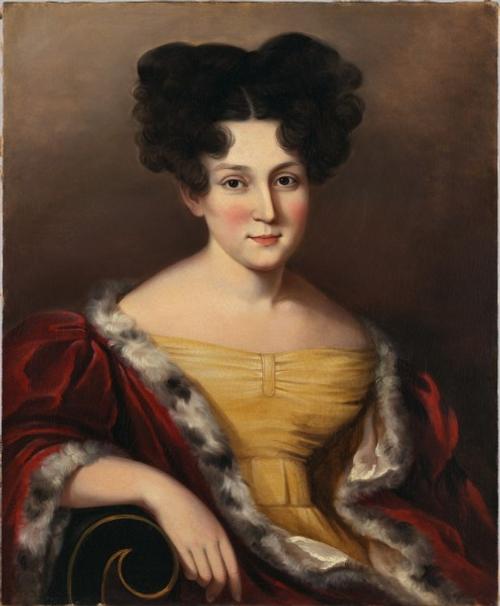
Loyalty and Independence
Conflicting notions of dependence and independence in the era of the American Revolution were reflected by the artists working during this period. Many, especially those trained in European visual and craft traditions, were torn between the limited opportunities they faced in the colonies and the possibility of achieving greater success abroad. These include Benjamin West, who will be represented by the trend-setting neoclassical painting, Agrippina Returning with the Ashes of Germanicus, and John Singleton Copley, whose complex portrait of a revolutionary couple Thomas and Sarah Mifflin will greet visitors entering the gallery. Both painters would enjoy success in London, inspiring Benjamin Franklin to lament, “All our geniuses go to Europe.” Their paintings will be shown together with superb works by those who stayed in the colonies and backed the revolution, such as Paul Revere’s silver teapot, and Charles Willson Peale’s portrait of the Revolutionary War general John Cadwalader standing with his wife, Elizabeth Lloyd, the heiress of a wealthy planter, and their child, seated on elegant furniture made in Philadelphia in the highest rococo style. Together the works displayed in this section of the new installation will examine how, during a time when the pressure to take sides in the conflict between Great Britain and its North American colonies grew increasingly fierce, artists and artisans created fine original work while keeping a keen eye on popular styles overseas.
Pennsylvania Crossroads
A large gallery will highlight the sophisticated German and British immigrant cultures that developed side by side in Pennsylvania during the 1700s while speaking different languages and drawing upon dramatically different visual traditions. A monumental, sulfur-inlaid walnut wardrobe, or Kleiderschrank, of 1779 is one of finest examples of Pennsylvania German artistry. It also serves as a counterpoint to the Fox and the Grapes High Chest of Drawers, 1765-75, which is itself one of the greatest examples of carving and cabinetmaking in British North America during this period. Dishes of glazed earthenware in all different sizes, a glass wine bottle, an iron stove plate depicting a religious scene of Cain and Abel, miniatures, needlework, and metalwork will populate this gallery to convey the two distinct visual languages—one British and the other German—that gave rise to hybrid American forms as the communities mingled in southeastern Pennsylvania.
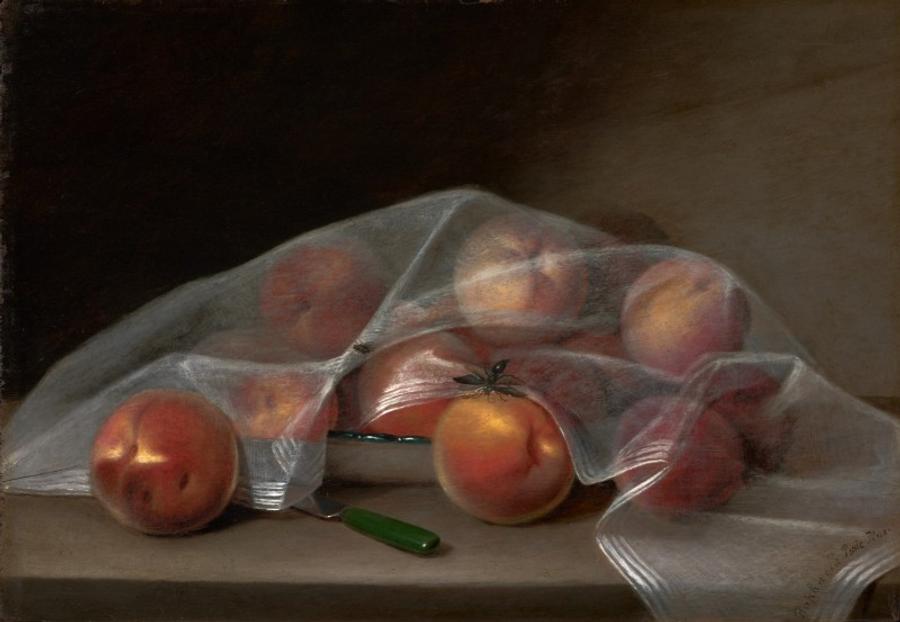
A Family of Artists
The museum’s collection of the work of Philadelphia’s Peale family—the most comprehensive in the country—includes a series of family portraits and representative works by generations of this one family, among whom were several of the new nation’s earliest professional women painters. Some of the highlights of this section are Portrait of Yarrow Mamout (Mamoud Yarrow), depicting a formerly enslaved Black Muslim, painted by Charles Willson Peale in 1819; the artist’s much beloved and newly-conserved double portrait of his sons in The Staircase Group (Portrait of Raphaelle Peale and Titian Ramsay Peale I), 1795; and Self-Portrait in the Museum, 1822. It will also examine the story of the Peale Museum, the country’s first public collection of art and natural history, through portraits and still-life paintings, and with cut silhouettes made by Moses Williams, an artist enslaved and then freed by the Peales. Women artists in the Peale family will be spotlighted as pioneers at a time when few women pursued careers in the arts; included will be still life paintings by Mary Jane and Margaretta, and a portrait by Sarah Miriam.
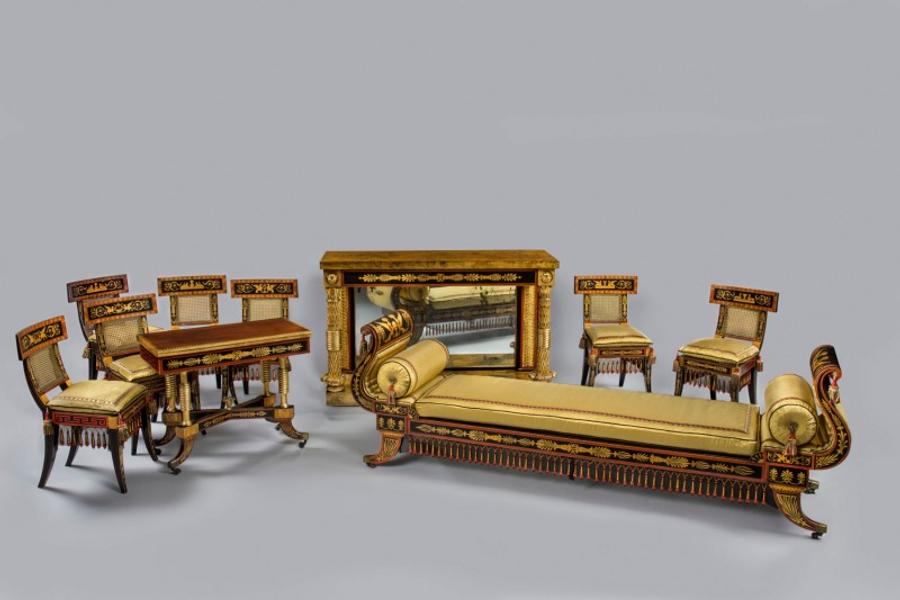
Splendor in the New Nation
In the decades following the American Revolution, Philadelphia led the country politically and artistically. The nation’s political capital from 1790 until 1800, the city was recognized as a center of an emerging artistic style in painting, sculpture, architecture, and the decorative arts inspired by Greek and Roman aesthetics, one that reflected its position as the “Athens of America.” An extraordinary set of furniture, which was designed for the William and Mary Wilcocks Waln residence at Seventh and Chestnut Streets in 1808 and has been recently conserved, will show how Mary Waln worked with the British-born architect Benjamin Henry Latrobe to create a masterful set of modern furniture in the Grecian style for her new home. This was a time when political figures from across the world would be drawn to the glamour of Philadelphia. Joseph Bonaparte, the King of Spain and elder brother of Napoleon, settled in at Second and Market Streets following his abdication in 1813, and his presence is represented by the elaborately appointed and newly-restored bedstead from Point Breeze, the grand villa that he built in nearby Bordentown, New Jersey, for his life in exile. Another resident in exile was the Empress of Mexico, who fled to Philadelphia in the 1830s following her husband’s execution. The Portrait of Anna Maria Iturbide, Empress of Mexico and the Portrait of Augustín de Iturbide, Emperor of Mexico (1822) represent the ill-fated couple during their moment in power. A recent restoration of these paintings has revealed earlier portraits of King Charles IV of Spain and his wife Maria Luisa of Parma in paint layers below the surface.
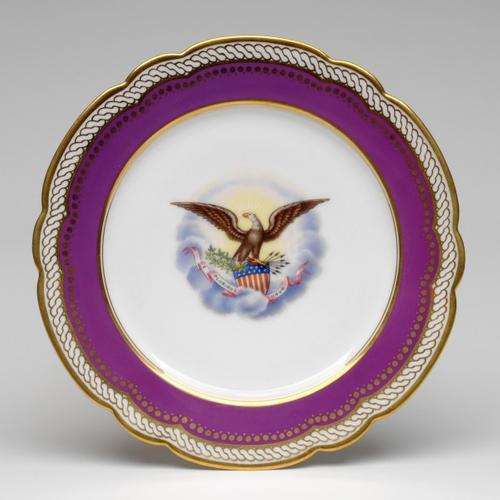
Presidential China
The most comprehensive collection of American Presidential China outside of Washington D.C. was given to the museum by Robert L. McNeil, Jr. It consists of more than 450 tablewares owned by the nation's First Families, from George and Martha Washington to Ronald and Nancy Reagan. National symbols including eagles, shields, and native flora and fauna embellish the plates used by presidents and visiting dignitaries. Notable examples will include Martha Washington’s caudle cup with cover and plates from Abraham Lincoln’s service. Large platters exuberantly decorated with turkeys, fish, and ducks from the Presidency of Rutherford B. Hayes convey an unabashed spirit of Manifest Destiny. The installation will also feature an interactive digital guide to this remarkable collection, offering visitors an opportunity to learn more about the presidencies in Philadelphia and Washington, the roles of individuals who maintained and worked with these tablewares, and the changing role of the First Ladies in selecting presidential china.
Art & Ambition
Growth, rising ambitions, and the assertion of an emerging national identity were fully manifested in American art during the first half of the nineteenth century. The beauty, awe, and grandeur of the American landscape were depicted in the pioneering works of Thomas Doughty and Thomas Cole, who together shaped a new national appreciation for this genre, which now took on patriotic overtones. Doughty will be highlighted as the country’s first native-born landscape artist, and his rendering of the Delaware Water Gap combines on-the-spot observation with a romantic vision of harmony between humankind and nature. Nearby, a case displaying porcelains made locally at the Tucker Factory in the mid-1800s will illustrate the level of excellence seen in American manufacturing, as local entrepreneurs began to respond to the growing demand for luxury goods and sought to make them accessible to a wider market. The Philadelphia Waterworks, a marvel of modern engineering, was a popular subject, and often appeared on pitchers, teacups and saucers. The section will also include silver in the late Neoclassical style, with the striking, ornate Maxwell Vase by Thomas Fletcher serving as a masterpiece of Philadelphia silversmithing in the early 1800s.
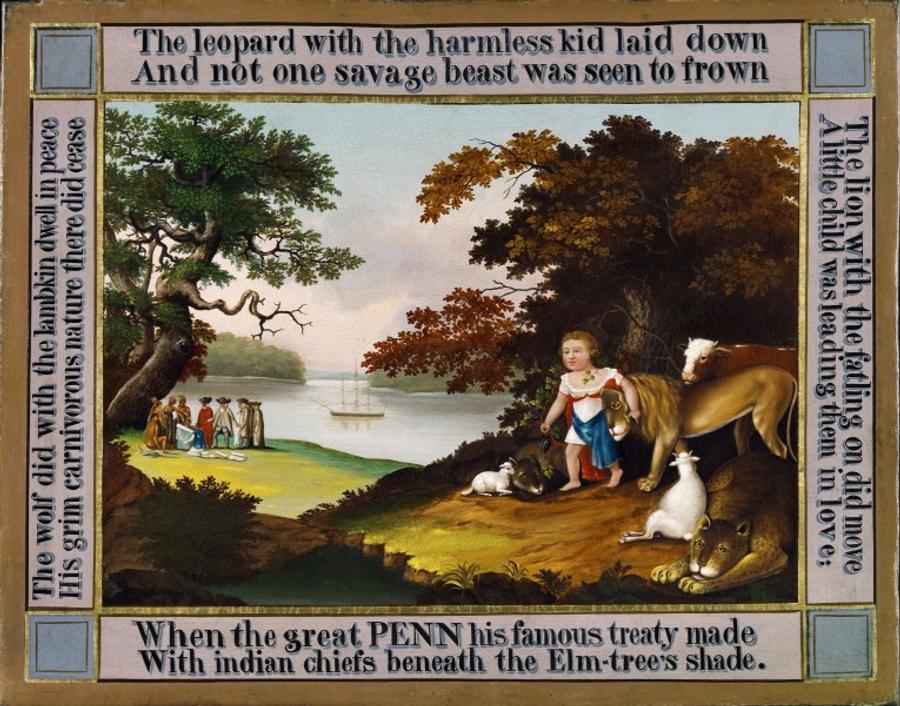
Another section will focus on Philadelphia artists, makers, and entrepreneurs of African descent, a subject of scholarly interest that has yielded much new information and enabled us to identify individual makers. A Double Chest made of mahogany, tulip poplar and yellow pine created by Thomas Gross, Jr. around 1805-1810, will be on view, the only surviving piece of furniture that documents the city’s thriving community of free Black artists in this period; the artist’s signature appears on the underside of the bottom drawer. Nearby the Portraits of Hiram Charles Montier and Elizabeth Brown Montier, also members of the Philadelphia’s free Black community—the largest in the north—will call attention to a new and more democratic access to portraiture, showing that by 1850 the family portrait had come within reach of the growing middle class.
Traditions on the Move
The art and influence of Pennsylvania Germans in the early 1800s and the domestic traditions they established in the counties to the north and west of Philadelphia will be the focus of this gallery. Fraktur, from the Latin word for “fracture,” refers to a style of writing with separated letters that Pennsylvania Germans used to commemorate births, baptisms, and marriages. Colorful fraktur and needlework samplers will be placed on view along with earthenware by David Spinner (1758-1811) and others, demonstrating the transit of visual motifs across paper, textiles, and ceramics. A brief video on the making of such earthenware will be installed nearby. Iron hardware in the form of toasters, roasting forks, skillets, and spatulas will be on display, showing the artistry expressed in these staples of everyday life in Pennsylvania in the nineteenth century. This section will further document the role of enslaved and free African Americans in making iron goods, perhaps drawing upon their own ironmaking traditions from Western and West Central Africa and suggesting that Pennsylvania German culture reflects a larger story of hybridity and migration. Another highlight of this section will be a version of the much-loved series of paintings entitled Peaceable Kingdom by Edward Hicks (1780-1849) that depicts Penn’s treaty with the Lenape on the banks of the Delaware River. Echoing the stories of peaceful coexistence and bitter betrayal in the first gallery, it will be placed near a beaded bag made by a Lenape artist, who had likely been displaced from Pennsylvania to the midwest in the early 1800s.